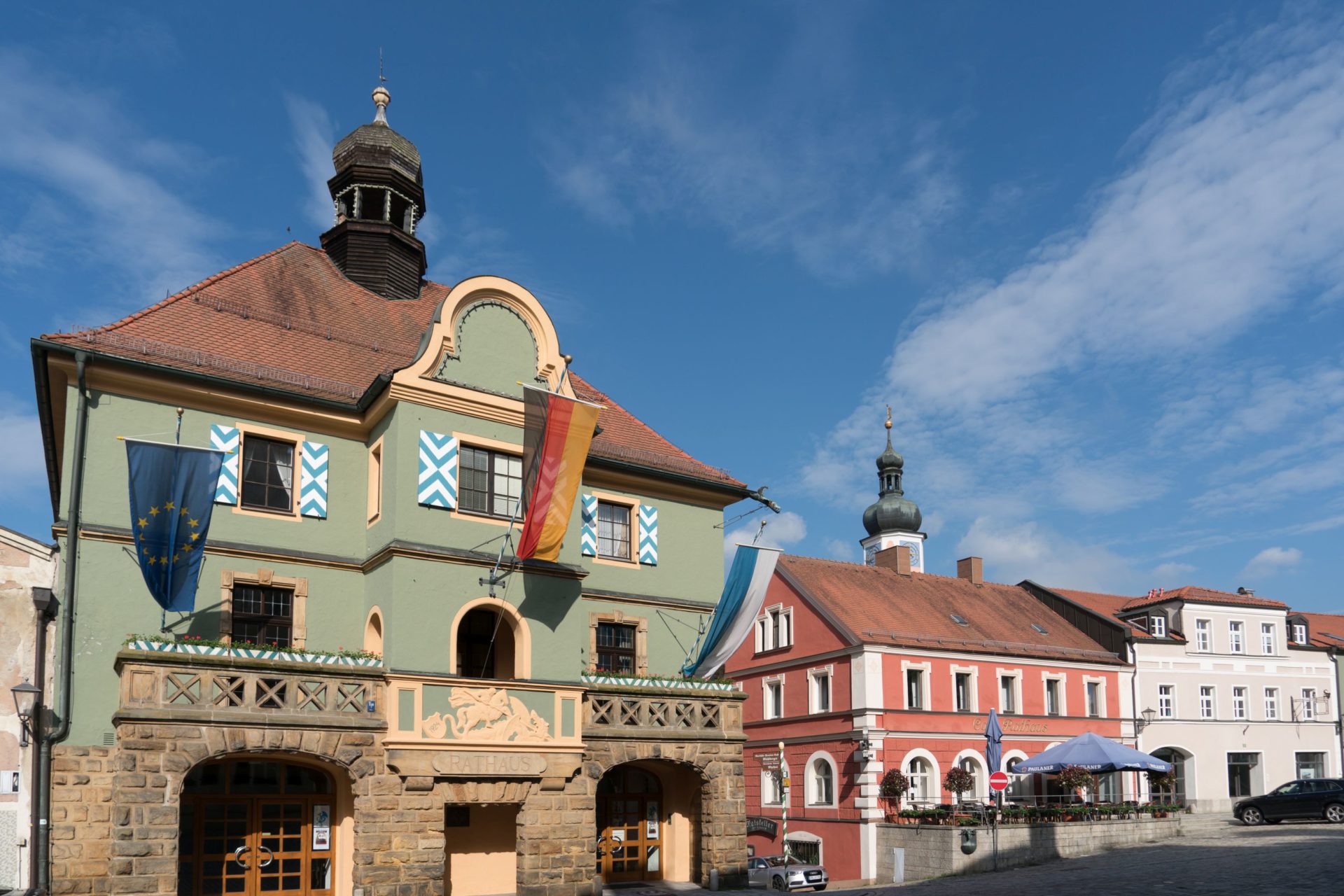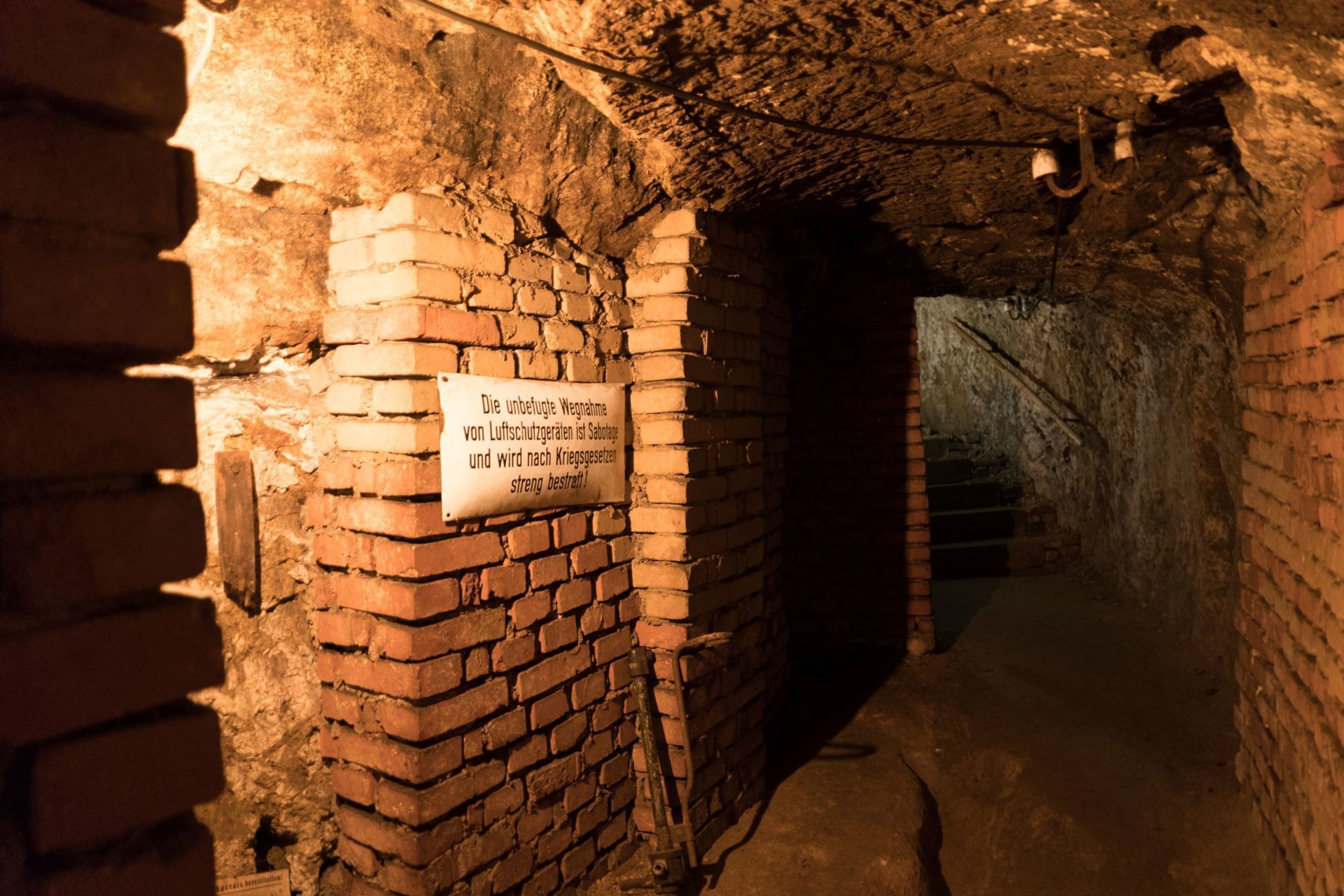Not only the “Drachenstich” (dragon fight), Germany’s oldest folk play, attracts tens of thousands of visitors every year to Furth im Wald. Even outside of the festival season, the city has a lot to offer with the Dragon Cave, the “Further Felsengänge” and the “Wildgarten”.



Der Kampf gegen den Drachen
Further Drachenstich
The Festival is more than just folklore. For more than 500 years, the dragon fight also shows the citizens’ identification with their city. A large part of the population participates every year in this medieval festival when it comes to the battle between good and evil. With the Further Dragon, this has been shaped since 2010 by the largest walking robot in the world.
More information about the Drachenstich Festival, tickets and program can be found here.

Der Kampf gegen den Drachen 
Ein historischer Drachen 
Der weltgrößte Schreitroboter 
Feuerspeier
Drachenhöhle
Even outside the festival season, which takes place every year at the beginning of August, Fuhrt im Wald is well worth a visit.
In the “Dragon Cave” you can learn about the festival and admire the dormant dragon as well as its predecessors. On certain days, the dragon also leaves his cave and shows himself to the visitors with fire and smoke. With its enormous dimensions of 5 meters in height and 16 meters in length, the monster is rightly a record holder.
Opening times, ticket prices and further information about the Drachenhöhle can be found here.
Further Felsengänge (rock tunnels)
Below the city of Furth im Wald there is a labyrinth of several kilometers in length. The rock corridors were beaten into the rock since the late Middle Ages and served as beer cellars, hiding places, air raid shelters, winter quarters for bats and of course as a habitat for all sorts of “ghosts and wraith”.

Further Felsengänge 
Further Felsengänge 
Further Felsengänge 

More Information can be found here.
Wildgarten (Wild garden)
For every nature lover, the Wildgarten in Furth im Wald offers a special attraction, which was developed for three main targets:
- Environmental education: with around 500 guided tours every year, the highly interesting native flora and fauna are introduced in an entertaining way, especially to school classes and specialist groups.
- Nature conservancy: habitat for many animals and plants was built by the creation of a variety of biotopes.
- Tourism: over the years, the Wild Garden has become a major tourist destination, especially for families.
More information can be found here.







